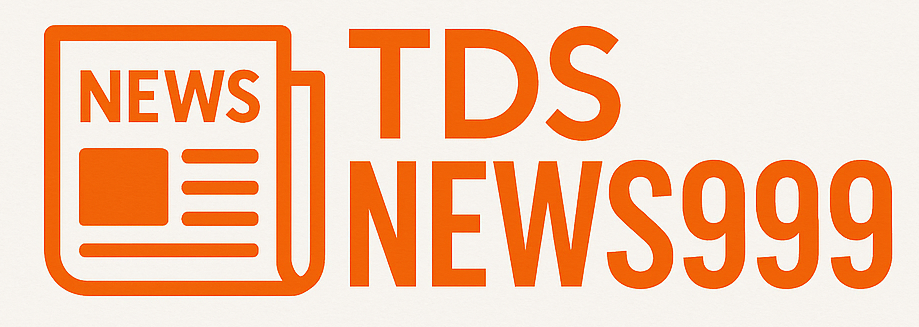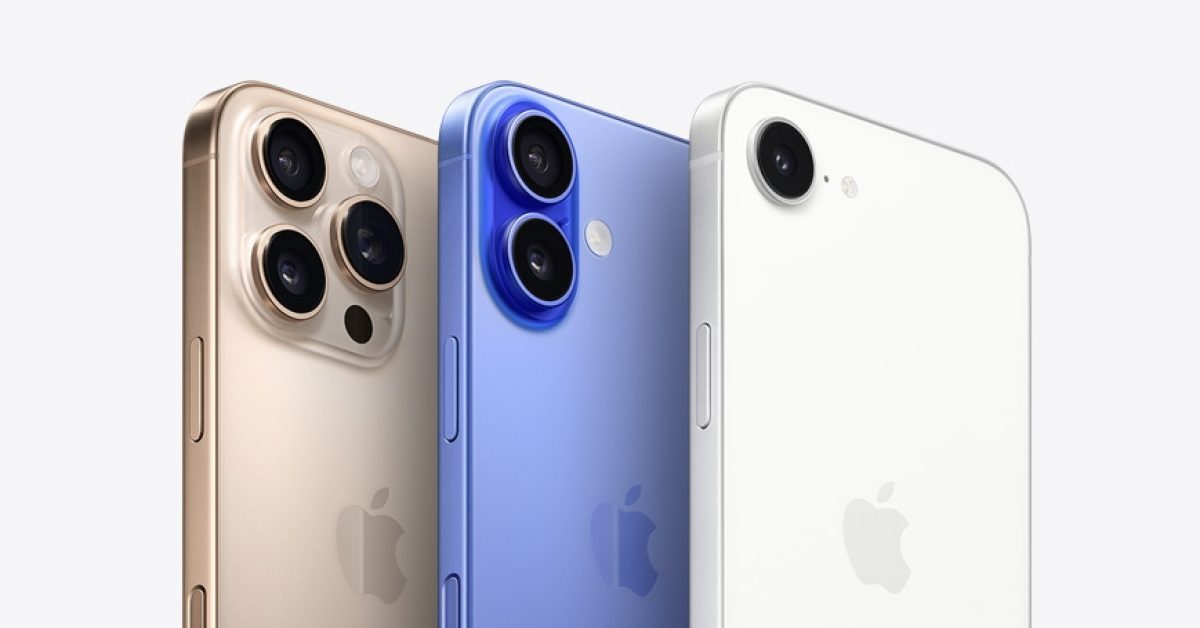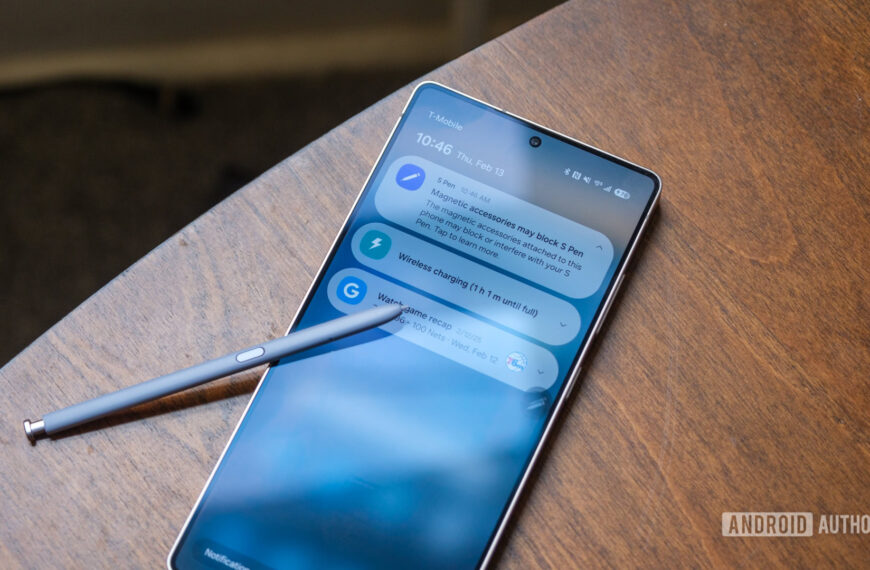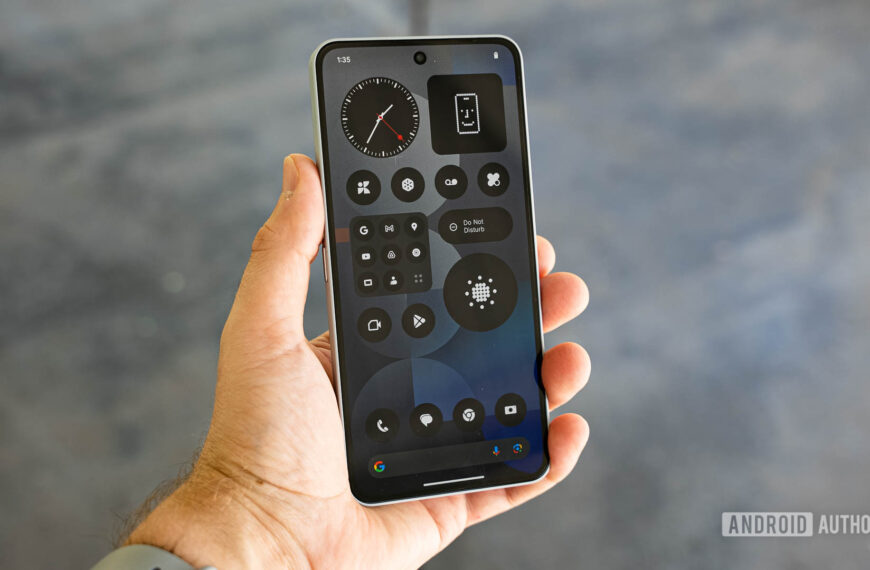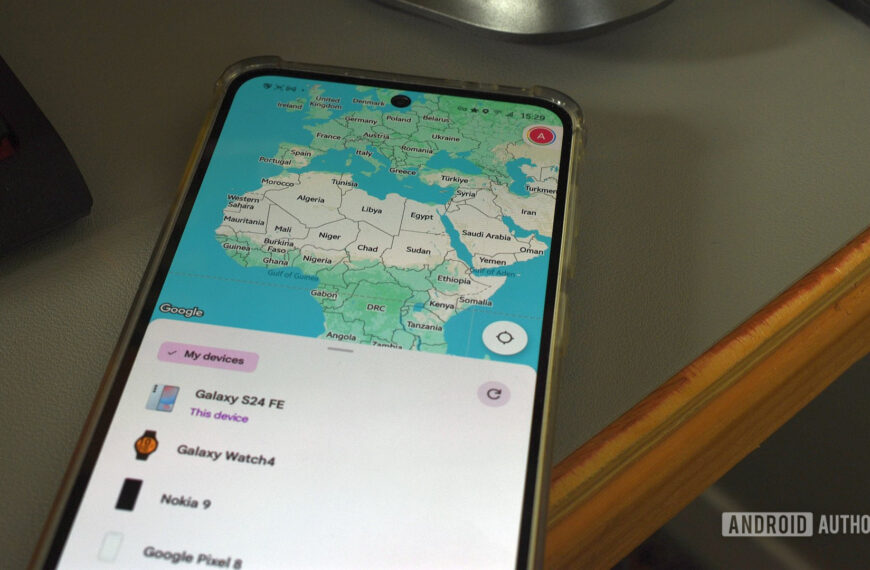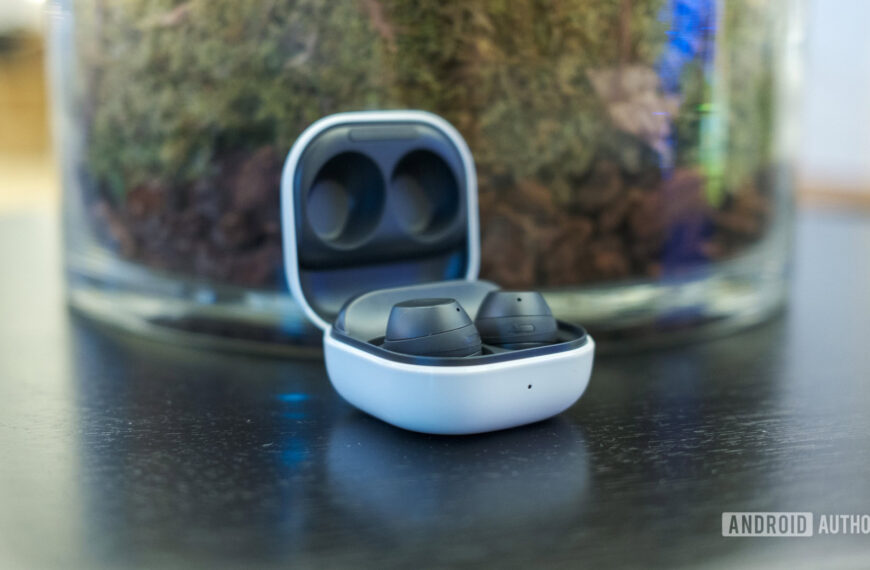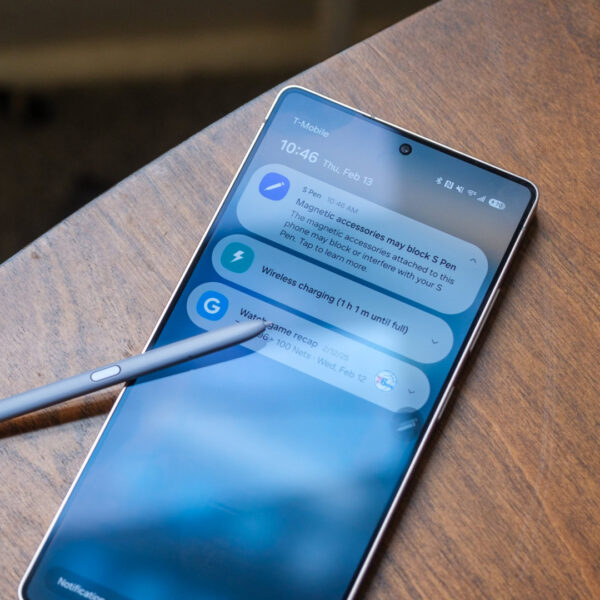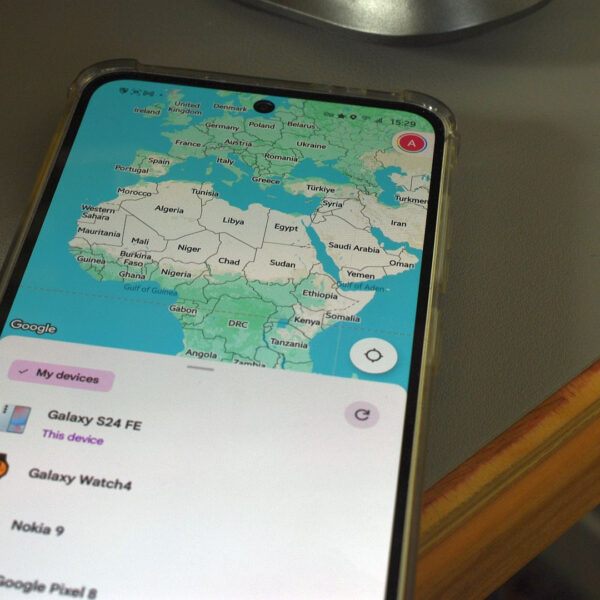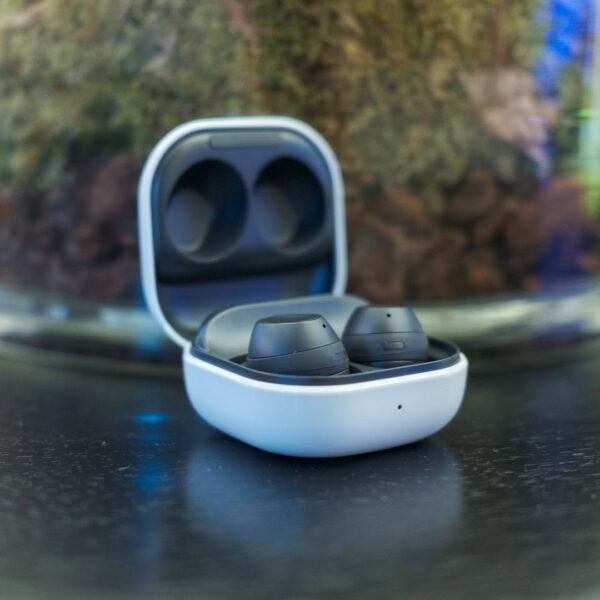
A few days ago, CIRP published a study showing what leads people to upgrade their iPhones and how Apple Intelligence isn’t exactly it. Now, CIRP is back with a follow-up question: What happens to those old iPhones once users finally make the leap to a new model?
The used iPhone market is stronger than ever
According to CIRP’s latest data, nearly half of iPhone buyers (49%) in the past year either traded in or sold their previous device. That’s a meaningful jump from 43% in 2020, and reflects how much easier (and perhaps worthwhile) it’s become to sell or offload your old phone.
The report notes that carriers have also stepped up their trade-in offers, especially to keep existing customers or attract new ones. At the same time, 3rd-party resale platforms have matured, giving users more ways to squeeze out a bit more value from older devices.

Meanwhile, 37% held on to their old phones, either to use as a backup or to hand down to a friend or family member. That’s down from 44% in 2020.
Finally, 14% of old phones were reported as lost, stolen, or broken, virtually unchanged from 13% in 2020.
9to5Mac’s Take
It’s interesting to see the broader market gradually catch up to global habits when it comes to getting more value out of old phones, especially in regions where iPhones have long been relatively expensive compared to local incomes, and reselling or trading in has always been the norm.
Now, with iPhone prices climbing even in the U.S., more buyers here are starting to treat their older devices like still-valuable, tradable assets, rather than something to hand down or toss in a drawer.
Where do your old iPhones go? Do you trade them in? Hand them down? Keep them around as a backup? Let us know in the comments.
FTC: We use income earning auto affiliate links. More.

